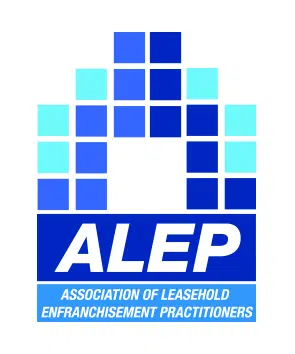A string of recent decisions in the Technology and Construction Court, which I have previously written about (https://www.holmes-hills.co.uk/news/2016/may/payment-provisions-case-law-updates/), have:
The TCC seems intent on ensuring that, if contractors want to rely on the “draconian consequences” that can flow from an employer failing to serve a valid pay less notice, they must, in return “set out their interim payment claims with proper clarity.”
A further decision of the TCC (in the recent case of Jawaby Property Investment Ltd v The Interiors Group Ltd) reinforces that point.
The facts are as follows. The Interiors Group (TIG) was engaged to refurbish an office block by Tekxel Ltd under a JCT Design & Build 2011 contract with bespoke amendments. The contract was subsequently novated and Jawaby took over as employer.
Under the contract, TIG was required to submit interim payment applications on the eighth day of each month. On 7 January 2016, it sent an email to the Employer’s Agent (“EA”) stating “Please see our initial assessment for Valuation 007, this is based upon Progress update and onsite review carried out earlier this week.” Attached to the email were spreadsheets detailing the amounts claimed.
On 15 January 2016 the EA issued a payment certificate but it was agreed by the parties that this was invalid as it was issued too late according to the contract. The EA then emailed TIG on 18 January 2016 with a marked up record of their “site walk” (which had taken place on 11 January 2016) and the corresponding spreadsheet valuation.
In anticipation of TIG making a demand for payment under an Escrow Agreement between the parties, Jawaby issued a claim in the TCC for a declaration that TIG had not served a valid interim payment application or, in the alternative, that the EA’s email of 18 January 2016 was a valid pay less notice.
In determining the case, the Court held that there was a course of dealing between the parties which established that the EA would accept as valid interim payment applications, email applications with supporting evidence attached (that having been the case for interim applications 1 – 6). However, TIG’s 7 January 2016 email departed from the usual course of dealings in that it described the valuation as an “initial” assessment (and so could not be considered a statement of what was actually due). Further, it gave an impression of “provisionality (and haste)” because the valuation summary sheet in fact referred to valuation 6 and, unlike previous valuations, did not have the works valued up to the contractual due date (8 January 2016).
Accordingly the Court held that TIG’s 7 January 2016 email was not a valid interim payment application because “the reasonable recipient of the Valuation would not have regarded it as unambiguously informing it that this was an Interim Application.” The Court emphasised the guidance given in the previous case law that interim applications must be clear in their substance, form and intent and free from any ambiguity.
Although this decision meant that the validity of Jawaby’s purported pay less notice did not need to be determined, the court went on to state that it would have held that no valid pay less notice had been served because, objectively viewed, the EA’s email of 18 January 2016 was not intended to be a pay less notice. It was, in fact, intended to be a mark-up of the valuation and explanation of the EA’s payment certificate which had been issued on 15 January 2016 (such explanation having been requested by TIG by an email sent on 15 January 2016 and no other response to that email having been provided). Further, previous pay less notices issued by Jawaby had been formal documents which contrasted significantly with the 18 January 2016 email.
The message to be gleaned from this case is that both employers and contractors need to have their paperwork in order when it comes to interim payment applications. The safest option will be to issue all notices strictly in compliance with the terms of the contract, clearly marking them as what they are intended to be and thoroughly checking them for any mistakes or other items that might give rise to any ambiguities. Where a party has departed from the strict contractual terms for issuing notices, they will need to be certain that there is an established course of dealings which permits them to issue notices in the manner or form that they propose.
Parties that are unclear about what is required of them under the contract, or might be permitted as a result of a previous course of dealings, should seek legal advice at an early stage so as to ensure they are in a safer position in the event that a payment dispute arises.






A Mackman Group collaboration - market research by Mackman Research | website design by Mackman